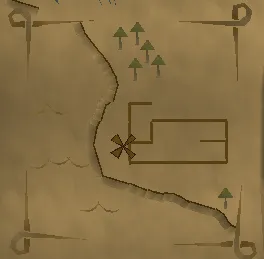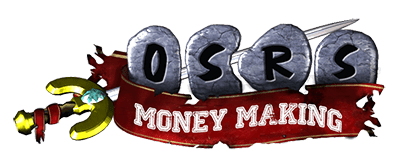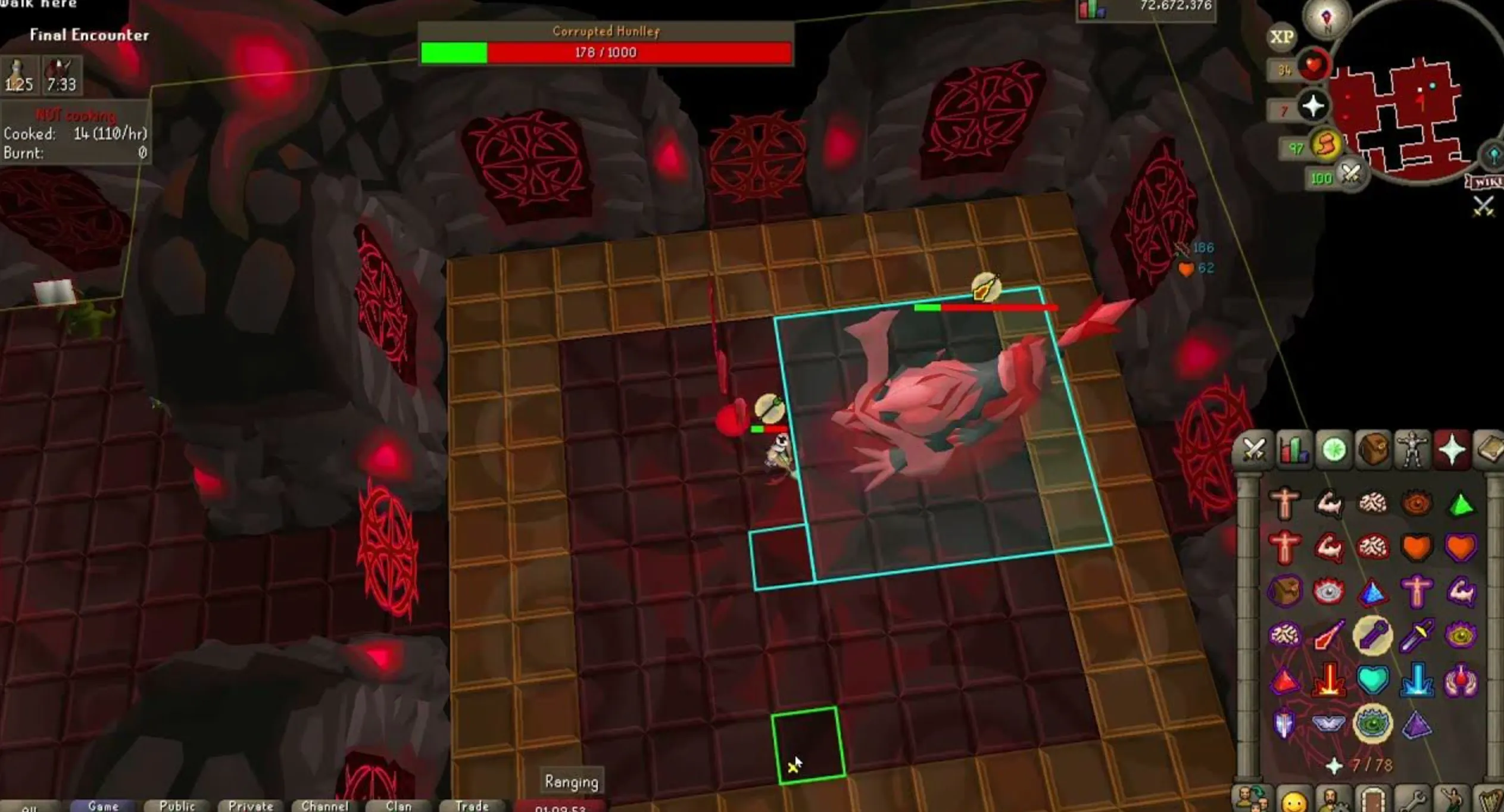Your cart is empty
OSRS Medium Clue Maps Ultimate Guide for Treasure Hunters

Old School RuneScape (OSRS) medium clue scrolls are a thrilling part of the Treasure Trails activity, offering players a chance to explore Gielinor while hunting for valuable rewards. Among the various clue types, map clues stand out for their visual challenge, requiring you to pinpoint exact locations based on rough sketches. This guide dives deep into OSRS medium clue maps, helping you navigate these puzzles with ease and maximize your loot. Whether you’re a seasoned adventurer or a curious newcomer, we’ll break down everything you need to know to conquer these maps.
Medium clue maps are a subset of the Treasure Trails activity in OSRS, where players follow a series of clues to uncover hidden rewards. These maps are images depicting a specific location in the game world, often marked with an “X” for digging or a crate to search. Unlike other clue types like anagrams or emote clues, map clues rely on your ability to recognize landmarks and navigate to the precise spot.
Why Focus on Medium Clue Maps?
Medium clue maps strike a balance between accessibility and challenge. They’re more complex than easy clues but less daunting than hard or elite ones. Completing them can yield rewards like mithril armor, ranger boots, or even a shot at master clue scrolls when traded with Watson. Their moderate difficulty makes them a favorite for players looking to hone their Treasure Trail skills.
How to Obtain Medium Clue Scrolls
You can get medium clue scrolls from:
- Mid-level monsters: Creatures like pyrefiends, ice warriors, or jellies drop them frequently.
- Skilling activities: Fishing, mining, or woodcutting may yield clue bottles or nests.
- Implings: Catching eclectic or nature implings in Puro-Puro or across Gielinor.
- Random events: Mystery boxes from events occasionally contain medium clues.
Understanding Medium Clue Map Mechanics
Map clues are rough sketches of a small area in OSRS, typically the size of Lumbridge Castle’s courtyard. They include landmarks like buildings, roads, rivers, or fishing spots to help you identify the location. The goal is simple: find the spot shown in the map and either dig (if marked with an X) or search a crate.
Digging vs. Searching
Most medium clue maps lead to an X, requiring a spade to dig. You can right-click the clue for a “dig” option, and the spade on your tool belt works fine—no need to carry one separately. If the map points to a crate, you’ll need to search it, sometimes checking multiple crates in a pile to find the next clue or reward.
Key Landmarks to Recognize
To solve map clues quickly, train yourself to spot these common features:
- Buildings: Unique structures like windmills or churches.
- Natural features: Rivers, trees, or rocks that stand out.
- Man-made objects: Fences, bridges, or fishing spots marked by fish icons.
Comparing the map to the in-game world map or using online resources can speed up the process, but we’ll cover specific locations below to save you time.
Popular Medium Clue Map Locations
OSRS has a set number of medium clue maps, each pointing to a distinct location. Below, we’ve detailed some of the most common ones, including tips to find them and what to do once you’re there. These are sorted by ease of recognition for quick reference.
West Ardougne Graveyard
This map shows a graveyard with a distinctive cross and surrounding fences, located in West Ardougne. To reach it:
- Teleport to Ardougne or use the Ardougne cloak.
- Head west past the civic office to the graveyard near the church.
- Dig at the X, usually near the center of the graves.
Tip: Start the “Plague City” quest to access West Ardougne if you haven’t already.
Falador Standing Stones
The map depicts a circle of standing stones south of Falador, near the Crafting Guild. Look for the X among the stones.
- Use a Falador teleport or skills necklace to the Crafting Guild.
- Walk south to the stone circle.
- Dig at the marked spot.
Tip: Watch out for aggressive hobgoblins nearby if you’re low-level.
Champions’ Guild Crates
This map shows crates outside the Champions’ Guild, southwest of Varrock. Instead of digging, you’ll search crates.
- Teleport to Varrock or use a spirit tree to the Grand Exchange.
- Walk south past Varrock’s west gate to the guild.
- Search the crates until you find the next clue.
Tip: You need 32 quest points to enter the guild, so check your progress.
Lumbridge Windmill
The map highlights the windmill north of Lumbridge, with an X near the surrounding fence.
- Use a Lumbridge teleport or home teleport.
- Head north to the windmill near Draynor Village.
- Dig at the X, often just outside the fence.
Tip: This is a free-to-play area, making it ideal for all players.
| Location | Action | Teleport Suggestion | Quest Requirements |
|---|---|---|---|
| West Ardougne Graveyard | Dig | Ardougne cloak | Start Plague City |
| Falador Standing Stones | Dig | Skills necklace | None |
| Champions’ Guild | Search crates | Varrock teleport | 32 quest points |
| Lumbridge Windmill | Dig | Lumbridge teleport | None |
Tips for Solving Medium Clue Maps Efficiently
Mastering medium clue maps can save you time and boost your Treasure Trail rewards. Here are practical strategies to streamline your approach.
Use Teleports to Save Time
Teleports are your best friend when chasing clues across Gielinor. Keep these items handy:
- Teleport tablets: Varrock, Falador, Lumbridge, and Ardougne.
- Jewelry: Skills necklace, ring of wealth, or amulet of glory.
- Quest items: Ardougne cloak or fairy rings (after starting Fairy Tale II).
Prepare for Multiple Steps
Medium clue scrolls typically have 3–5 steps, and maps are often just one part. Carry a spade, some food (for potential combat clues), and space for emote clue items. If you hit a crate map, clear inventory space to search multiple crates without hassle.
Leverage Online Tools (Sparingly)
While it’s rewarding to solve maps yourself, online resources like the OSRS Wiki or fan-made clue databases can help if you’re stuck. Use them to confirm locations rather than relying on them entirely—it keeps the adventure fun.
Pro tip: Screenshots of solved maps can be a personal reference for future clues, saving you time on repeat locations.
Rewards and Why Medium Clue Maps Are Worth It
Completing medium clue maps contributes to finishing the entire clue scroll, which rewards a casket (medium) containing loot. The average value of a medium clue reward is around 43,528 coins, though rare drops like ranger boots can push it to 174,114 coins. Here’s what makes them worthwhile:
Unique Rewards
Medium clues offer exclusive items, including:
- Crier outfits: Stylish cosmetic gear.
- Gnomish firelighters: Handy for firemaking.
- Ranger boots: A rare and valuable drop for fashion and profit.
Progress Toward Master Clues
After collecting enough medium clues, you can trade them with Watson (along with easy, hard, and elite clues) for a master clue scroll. These offer even greater challenges and rewards, making medium clues a stepping stone to bigger adventures.
Fun and Exploration
Beyond loot, medium clue maps encourage you to visit lesser-known corners of OSRS, from quiet graveyards to bustling guild outskirts. They’re a great way to rediscover the game’s charm while earning rewards.
With this guide, you’re ready to tackle OSRS medium clue maps like a pro. Grab your spade, teleport to your first location, and let the treasure hunt begin! Which map are you solving first? Share your favorite clue spots or tips in the comments below.

